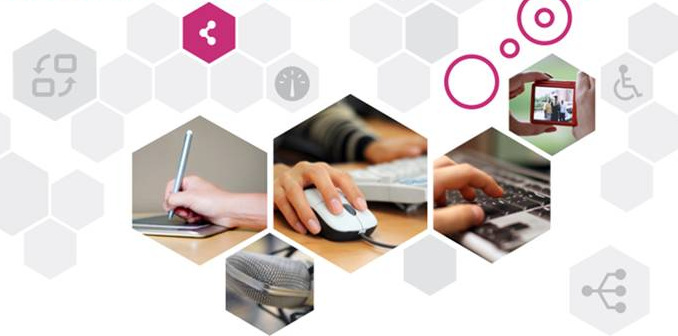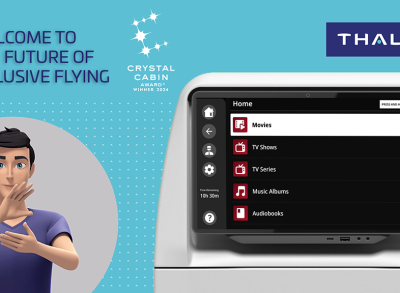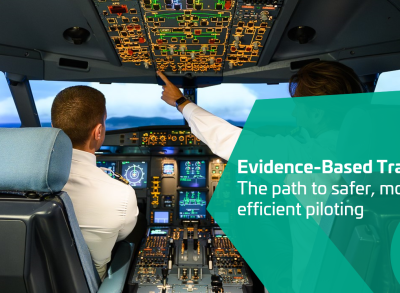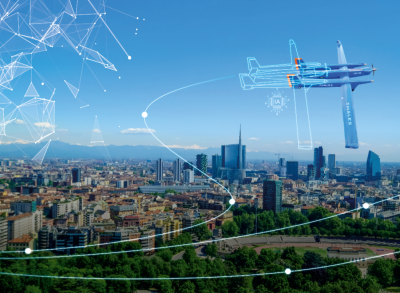Where academic research and industry meet
Celestin Sedogbo holds the industry chair in human enhancement technologies*, which was set up by the Aquitaine Regional Council as part of efforts to promote the development of human-centred science and technology. He spoke to Onboard about the benefits of closer cooperation between academic researchers and industry.

The idea that companies can conduct all their own R&D is a thing of the past. Today, they need to work with other players, because they just don’t have the resources to go it alone. The industry chair in human enhancement was set up to make that vital connection between industry and the academic research community, with a particular focus on applied research (Technology Readiness Level, TRL 4-5), which was receiving much less attention in France than basic technology research (TRL 1-3) on the same subjects.
How does the partnership work in practice?
First we ask ourselves what’s missing, in terms of human factors, in the products and services we're imagining for tomorrow. Then we scope the project in terms of the technologies needed to fill those gaps, and engineers at the chair work full-time to develop new concepts and test them. At this stage, the intellectual property doesn’t belong to a single company, but is shared by all contributors.
What needs have you identified so far?
The chair is a unique observatory for understanding industry requirements in the whole area of human enhancement. Since it was set up three years ago, six major themes have emerged and are currently being studied:
- The place of humans in the factory of the future, or how to assess human factor variability in production roles
- Intermediation, which includes the usability, usefulness and uses of digital systems (web, e-commerce, etc.)
- Interactions between critical systems in aerospace and space environments
- Autonomous and semi-autonomous systems, to determine which functions can be automated and which ones need to be left under human control
- Vehicles, driving and autonomy, to help people with reduced mobility to drive vehicles
- Multiplayer interactions, to ensure mission success through better coordination and to determine how tools can enable better decisions.
The chair uses sophisticated simulation facilities, including cockpit simulators with video recorders and eye-tracking systems, to study human behaviour in real time.
Have any projects led to actual industry applications yet?
One example I can mention is a project we completed for Sunna Design, a Bordeaux-based company that makes solar-powered LED streetlamps for developing countries. We looked at how to build a new-generation production facility that could then be exported to countries with different levels of skills and different cultures.
We're also in the final stages of an aircrew monitoring project with Dassault Aviation, using a variety of sensors to measure how well a pilot is controlling functions such as targeting, monitoring the tactical situation, regulating aircraft systems and tracking engagements.
What's in it for Thales?
We're benefitting in many ways. Right now we're conducting several studies at the same time. For example, we're trying to make sure that the information on a pilot's EFB tablet (electronic flight bag) doesn’t interfere with the data on the cockpit displays. Other studies are assessing the benefits of colour in our new TopMax head-worn display and measuring the acceptability of 3D effects in a head-up display.
We’re in touch with a large pool of SMEs through the industry chair. We also have a chance to influence academic research institutes and encourage them to channel resources into human enhancement issues so they can help bring real operational value to these emerging technologies.
*Systèmes Technologiques pour l’Augmentation de l’Humain (STAH)




